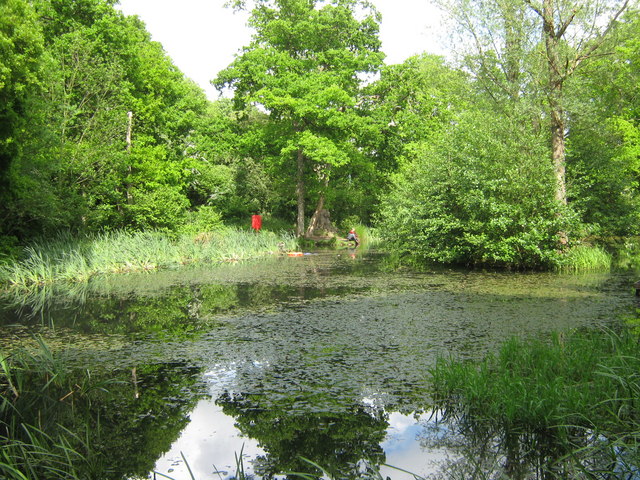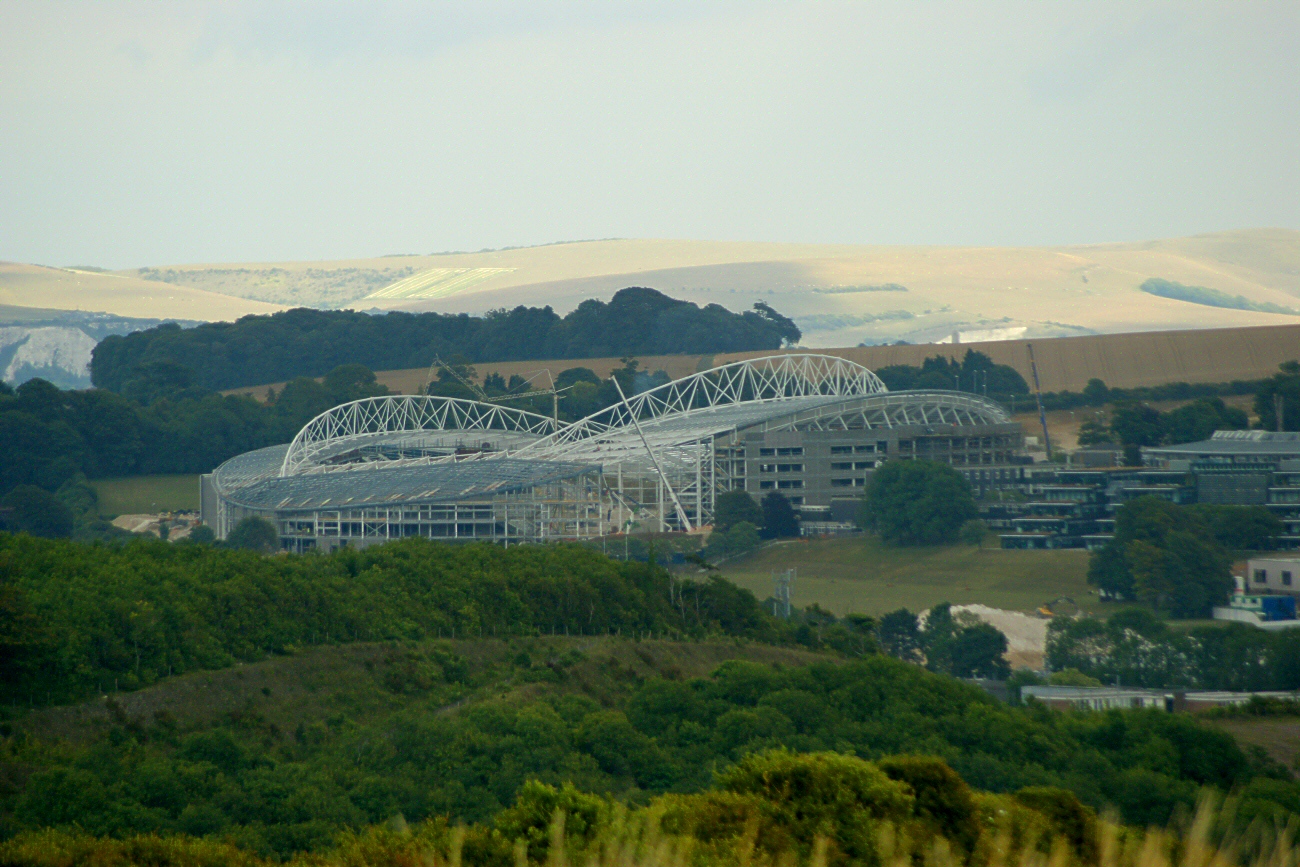|
Bough Beech Reservoir
Bough Beech Reservoir is a nature reserve in Bough Beech, south-west of Sevenoaks in Kent. It was managed by the Kent Wildlife Trust until July 2020. It is in the Kent Downs Area of Outstanding Natural Beauty. This nature reserve covers the northern end of Bough Beech reservoir, and there is a hide for viewing the many species of birds. The shores have great crested newts The northern crested newt, great crested newt or warty newt (''Triturus cristatus'') is a newt species native to Great Britain, northern and central continental Europe and parts of Western Siberia. It is a large newt, with females growing up to ..., toads and dragonflies. There is public access to the site. References {{Kent Wildlife Trust Kent Wildlife Trust ... [...More Info...] [...Related Items...] OR: [Wikipedia] [Google] [Baidu] |
Bough Beech
Over Bough Beech Reservoir Bough Beech is a hamlet in the county of Kent, England, and is south of the Bough Beech Reservoir. It is located approximately east of Edenbridge (of which it is part) and south west of Sevenoaks. It is in the civil parish of Chiddingstone. The reservoir is owned by the SES Water Company, who supply tap water to settlements west of the reservoir; including Gatwick Airport in West Sussex and Morden in south London. The reservoir is a nature reserve, in particular for bird watching; it is especially important for migrating osprey, though they are a rare sight now the reservoir is no longer stocked with trout Trout (: trout) is a generic common name for numerous species of carnivorous freshwater ray-finned fishes belonging to the genera '' Oncorhynchus'', ''Salmo'' and ''Salvelinus'', all of which are members of the subfamily Salmoninae in the .... The hamlet of Bough Beech is close to the Redhill to Tonbridge Line and has a pub, 'Th ... [...More Info...] [...Related Items...] OR: [Wikipedia] [Google] [Baidu] |
Sevenoaks
Sevenoaks is a town in Kent with a population of 29,506, situated south-east of London, England. Also classified as a civil parishes in England, civil parish, Sevenoaks is served by a commuter South Eastern Main Line, main line railway into London; the town is from Charing Cross, the traditional centre of London. It is the principal town of the Sevenoaks (district), Sevenoaks district, followed by Swanley and Edenbridge, Kent, Edenbridge. A settlement was recorded in the 13th century, when a market was established. Construction of Knole House in the 15th century helped develop the village. Sevenoaks became part of the modern communications network when one of the early toll road, turnpikes was opened in the 18th century; the railway was relatively late in reaching it. In the 21st century, it has a large Commuter town, commuting population. The nearby Fort Halstead defence installation was formerly a major local employer. Located to the south-east of the town is Knole Park, wit ... [...More Info...] [...Related Items...] OR: [Wikipedia] [Google] [Baidu] |
Kent
Kent is a Ceremonial counties of England, ceremonial county in South East England. It is bordered by Essex across the Thames Estuary to the north, the Strait of Dover to the south-east, East Sussex to the south-west, Surrey to the west, and Greater London to the north-west. The county town is Maidstone. The county has an area of and had population of 1,875,893 in 2022, making it the Ceremonial counties of England#Lieutenancy areas since 1997, fifth most populous county in England. The north of the county contains a conurbation which includes the towns of Chatham, Kent, Chatham, Gillingham, Kent, Gillingham, and Rochester, Kent, Rochester. Other large towns are Maidstone and Ashford, Kent, Ashford, and the City of Canterbury, borough of Canterbury holds City status in the United Kingdom, city status. For local government purposes Kent consists of a non-metropolitan county, with twelve districts, and the unitary authority area of Medway. The county historically included south-ea ... [...More Info...] [...Related Items...] OR: [Wikipedia] [Google] [Baidu] |
Kent Wildlife Trust
Kent Wildlife Trust (KWT) is a Conservation movement, conservation charity in the United Kingdom that was founded in 1958, previously known as the Kent Trust for Nature Conservation. It aims to "work with people to restore, save and improve our natural spaces" and to "ensure that 30% of Kent and Medway – land and sea – is managed to create a healthy place for wildlife to flourish". In 2023, they have reported over 30,000 members and an annual income of £8 million. KWT manages over ninety nature reserves in Kent, of which thirty-seven are Sites of Special Scientific Interest, three are National nature reserve (United Kingdom), national nature reserves, five are Special Areas of Conservation, four are Special Protection Areas, six are local nature reserves, thirty-eight are in Areas of Outstanding Natural Beauty and one is a scheduled monument. Kent is a county in the southeastern corner of England. It is bounded to the north by Greater London and the Thames ... [...More Info...] [...Related Items...] OR: [Wikipedia] [Google] [Baidu] |
Kent Downs
The Kent Downs is an Area of Outstanding Natural Beauty (AONB) in Kent, England. They are the eastern half of the North Downs and stretch from the London/Surrey borders to the White Cliffs of Dover, including a small section of the London Borough of Bromley. The AONB also includes the Greensand Ridge, a prominent sandstone escarpment which lies south of the chalk escarpment of the North Downs. It was first designated as an AONB in July 1968 and covers 878 square km (326 square miles). The AONB's highest point is Toy's Hill, at 250m above sea level, and its boundaries include three main rivers: the Darent, Medway and Stour. To the west, Surrey Hills AONB adjoins the Kent Downs AONB, and includes a continuation of the North Downs chalk ridge which runs through the Kent Downs, stretching from Farnham to the English Channel and reappearing within the Parc Naturel Régional des Caps et Marais d’Opale in France. High Weald AONB lies to the south east, separated by a distance ... [...More Info...] [...Related Items...] OR: [Wikipedia] [Google] [Baidu] |
Area Of Outstanding Natural Beauty
An Area of Outstanding Natural Beauty (AONB; , AHNE) is one of 46 areas of countryside in England, Wales, or Northern Ireland that has been designated for conservation due to its significant landscape value. Since 2023, the areas in England and Wales have also adopted the name National Landscape (). Areas are designated in recognition of their national importance by the relevant public body: Natural England, Natural Resources Wales, and the Northern Ireland Environment Agency respectively. On 22 November 2023, following a review, the AONBs in England and Wales adopted the National Landscapes name, and are in the process of rebranding. AONBs in Northern Ireland did not rename. The name "area of outstanding natural beauty" is still the designated legal term. In place of the term AONB, Scotland uses the similar national scenic area (NSA) designation. Areas of Outstanding Natural Beauty enjoy levels of protection from development similar to those of UK national parks, but unli ... [...More Info...] [...Related Items...] OR: [Wikipedia] [Google] [Baidu] |
Great Crested Newts
The northern crested newt, great crested newt or warty newt (''Triturus cristatus'') is a newt species native to Great Britain, northern and central continental Europe and parts of Western Siberia. It is a large newt, with females growing up to long. Its back and sides are dark brown, while the belly is yellow to orange with dark blotches. Males develop a conspicuous jagged crest on their back and tail during the breeding season. The northern crested newt spends most of the year on land, mainly in forested areas in lowlands. It moves to aquatic breeding sites, mainly larger fish-free ponds, in spring. Males court females with a ritualised display and deposit a spermatophore on the ground, which the female then picks up with her cloaca. After fertilisation, a female lays around 200 eggs, folding them into water plants. The larvae develop over two to four months before metamorphosing into terrestrial juveniles ( efts). Both larvae and land-dwelling newts mainly feed on differen ... [...More Info...] [...Related Items...] OR: [Wikipedia] [Google] [Baidu] |


